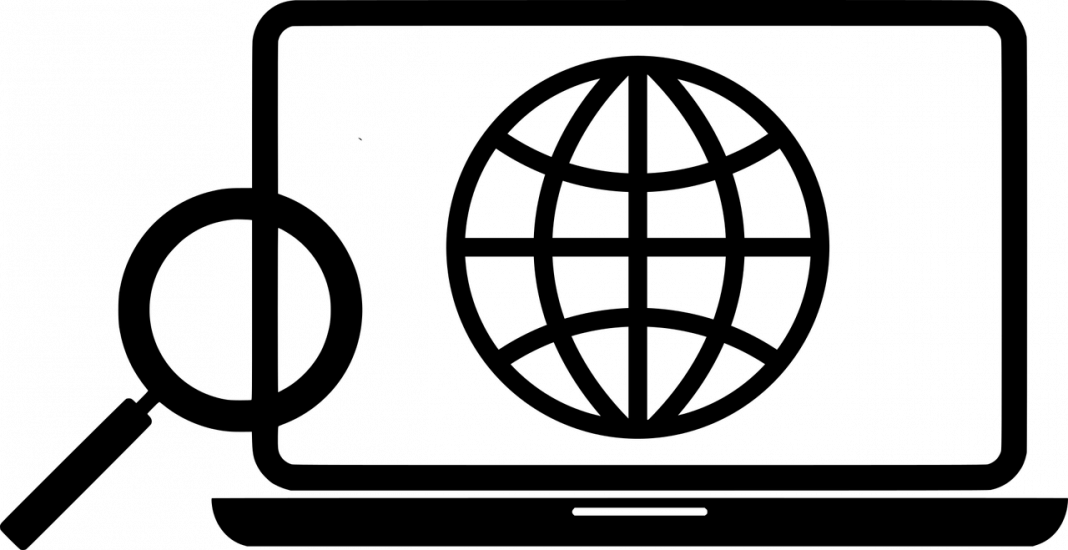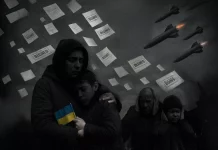There is no panacea for the noxious disinformation flooding. The perfect protection simply does not exist. However, it seems that there are some effective instruments, such as the ability to critically use digital technologies, critical thinking in frames of media education or fact-checking initiatives.
As Agnieszka Demczuk, PhD, the head of Unit for disinformation and propaganda studies at Political Science and Journalism Faculty of Marie Curie-Sklodowska University in Lublin explains, fact-checking serves the verification of untrue information, manipulations, fabricated “facts”, conspiracy theories. The practical use of this instrument, though, is a never-ending process which should become a constant part of our daily web surfing.
The formula of fact-checking itself fits in broadly understood concept of media education. The idea of fact-checking was born in the US, where in 1994 Snopes.com, the first such portal came to life, long before the spread of new technologies. Currently, there are over forty such initiatives in American infosphere. Some of the most recognised: Factcheck.org, Politifact, „The Washington Post Fact Checker”. The database of fact-checking organisations worldwide is managed by American centre for journalistic research Duke Reporters’ Lab. In 2019 all around the world there were over 180 active editorials using this method.
In the European Union, since 2015, portal EU vs. Disinformation plays an important role. It is a project by the task force of the European External Action Service which was started to prognose and react to years-long disinformation campaigns of the Russian Federation. It consists of a database of verified disinformation cases an fake news. In November 2020 the number of verified disinformation cases has passed the symbolical threshold of 10 thousand.
WP





